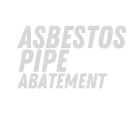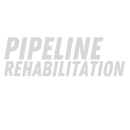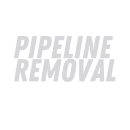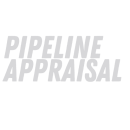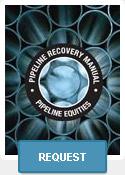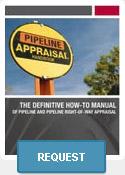If pipe is recovered carefully and marketed professionally, the returns for secondary pipe can be much greater than expected.
Secondary steel pipe is simply structural steel in a tubular form. Secondary means it is on the secondary market instead of the primary market as new or prime material. Secondary can be used or rejected mill material that did not meet specifications for primary marketing purposes. The outside diameter of this steel pipe can be from 1/2" all the way to 48". The wall of the pipe can be of virtually any thickness. Secondary steel pipe is used in many structural applications. Structural usage means to use in structural methods as in construction use in foundations, bulkheads, or anything that might need to be shored up or needing to have a dense under girding and to add more strength.
Other uses for secondary steel pipe can be for building flagpoles, poles for signs, fence posts as well as fence railings, bridge railings, culverts for roads and walkways over ditches. Much pipe has been used in Canada for the purpose of "H" frames to allow the pipe to be lifted up above ground level so as not to disturb the frozen tundra as well as crossing rivers and ravines.
Piling
Piling is one of the principle uses for secondary steel pipe. Piling is the foundation on which structures might lay and are "piled" with the use of large piling hammers to sink the piles into the ground, river bed, or ocean, bay, or canal floor in order to bulk up a dock or bank to prevent erosion and give strength.
Surface Casing
In the oil fields, large amounts of secondary or used pipe of this same structural nature are used to set "surface casing". This is the pipe used in oil and gas wells to set at shallow depths near the surface to protect water sands from contamination or leakage of drilling fluids from the oil or gas drilling project. Rat holes and mouse holes are smaller forty to sixty foot holes on drilling rigs used to set off the drilling apparatus when a new section down hole is completed. Forty to sixty feet of 14", 16", or 20" is used on almost every well drilled anywhere.
New Pipelines
Many pipelines are excavated, rehabilitated and put back into service as pipelines. At times the integrity of the steel is the same as when it was new and sometimes it can only be used in lesser applications such as lower pressured transportation. Crude oil pipelines can be changed over to gas, gas to oil, gas to water, etc. There is a movement in part of the western U.S to change over pipelines of any sort to transporting of cable for electricity generated from wind turbines. Many have been been used for fiber optic cable transfers.
In the United States, when crude oil pipelines were no longer of use where they were located because of depletion of oil in the field they were serving, they were simply excavated and moved to other locations. This was especially the case when the U.S. was engaged in World War II.
Road Boring
A road bore contractor might drill a borehole of diameter under a road or highway or river in order to form a casing to hold a smaller peace of pipe that is part of a pipeline going from one point to another.
Scrap Pipe
The last resort is to scrap the pipe. It is generally reusable and can be recycled for many uses. After all it is still a grade of steel in tubular form and a commodity that can be used over and over and this can be called secondary, used, or structural. It is a form of recycling steel tubes.
See “Markets and Reuses for Recovered Line Pipe” for more information.
Pipeline Equities currently has pipeline inventories of 8" X .322 wall thickness and 10" X .365 wall thickness. In addition we are acquiring quantities of 16" X .250 wall thickness. This pipe is inventoried both in and out of the ground and can be retrieved or excavated on order. For prices and availability on these and other sizes, call today at 713-623-0690 or email davidhowell@pipelineequities.com.
Pipeline Equities currently has line pipe inventories both in our yard and in the ground and can be excavated on order.


